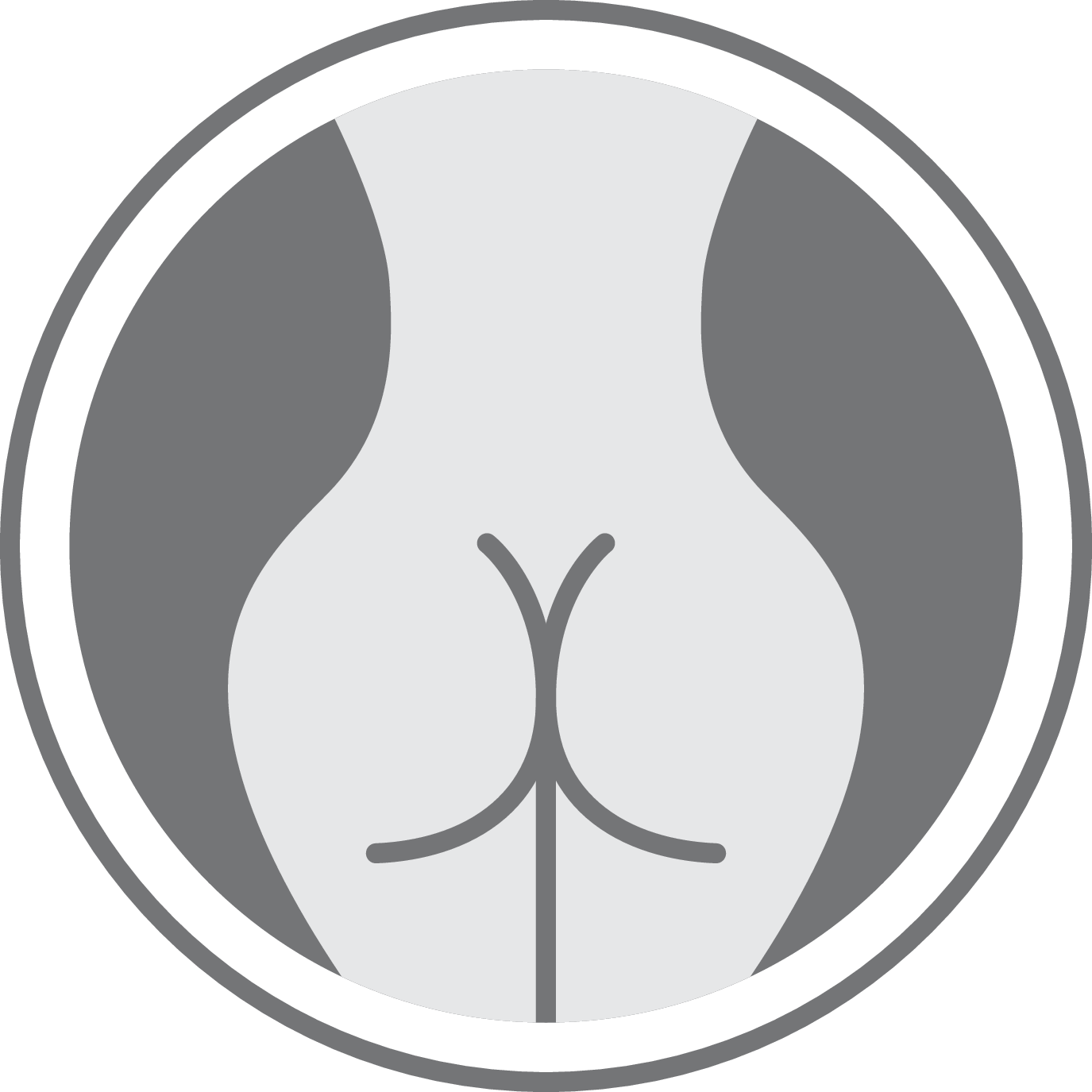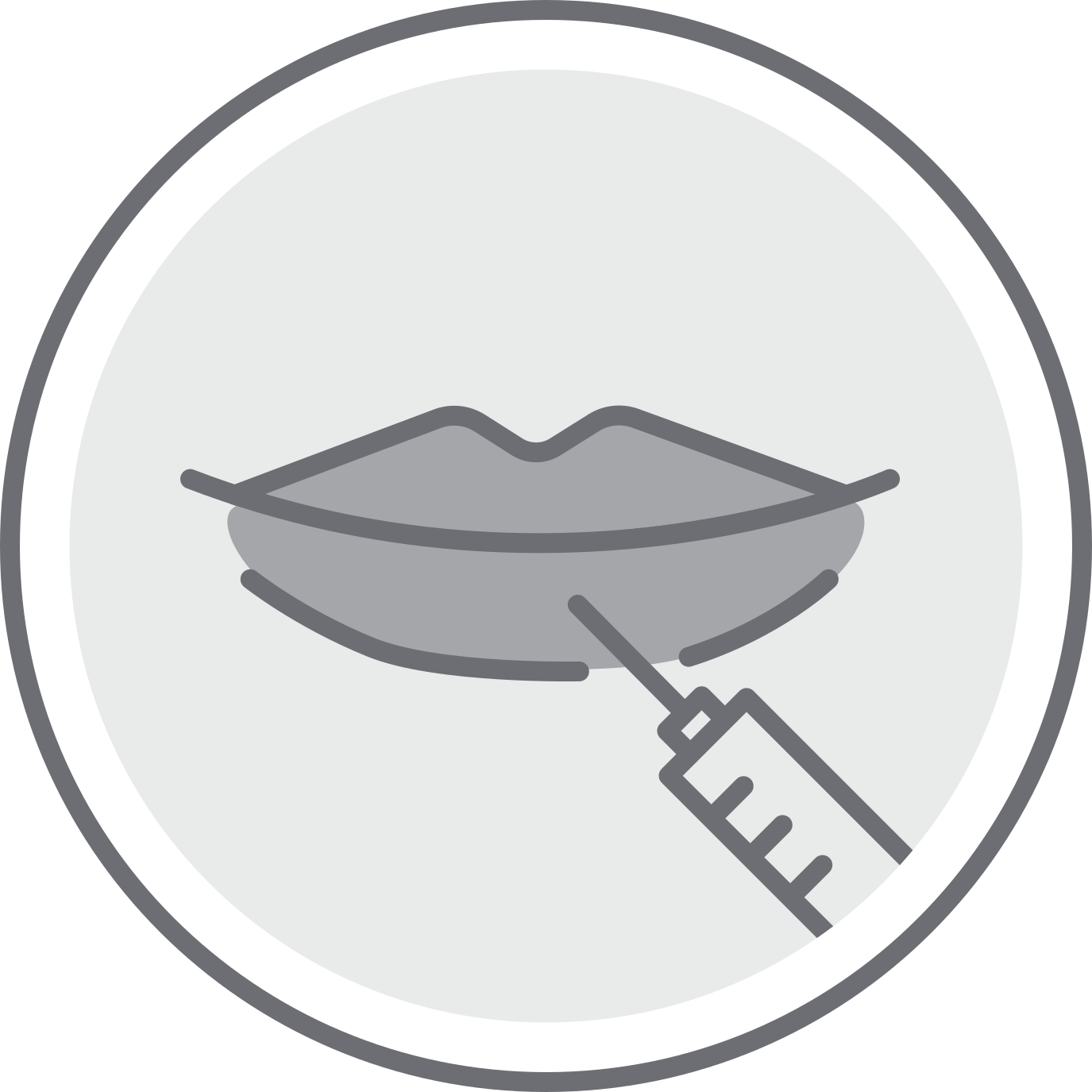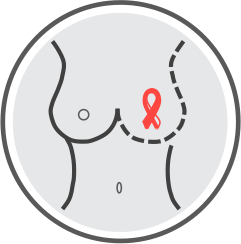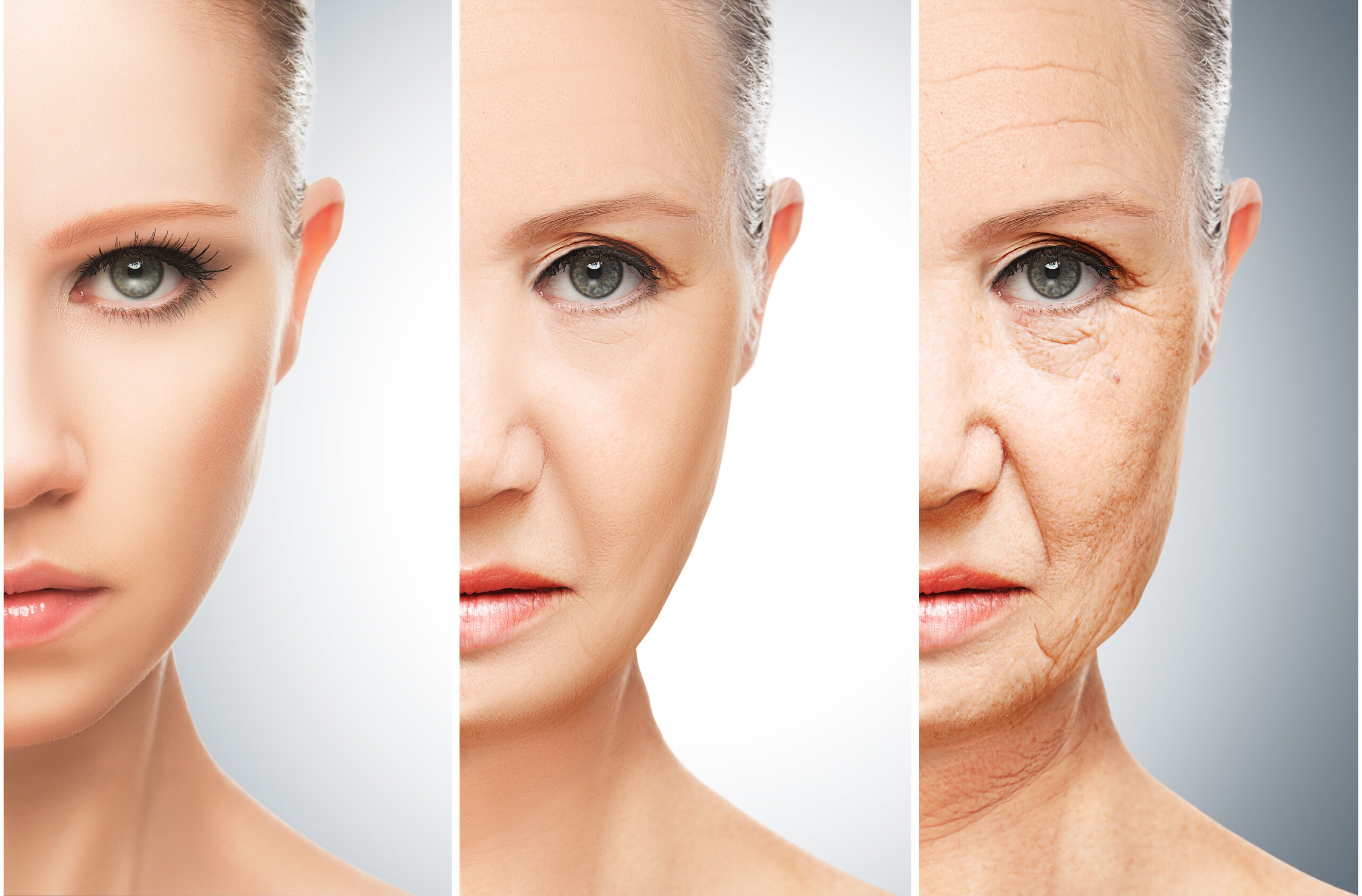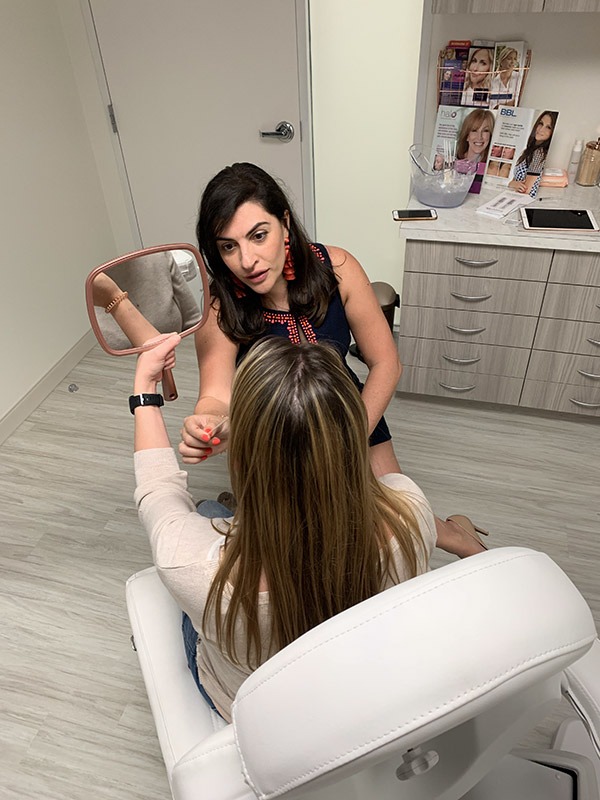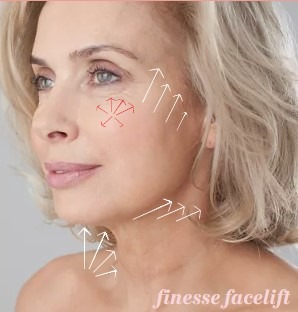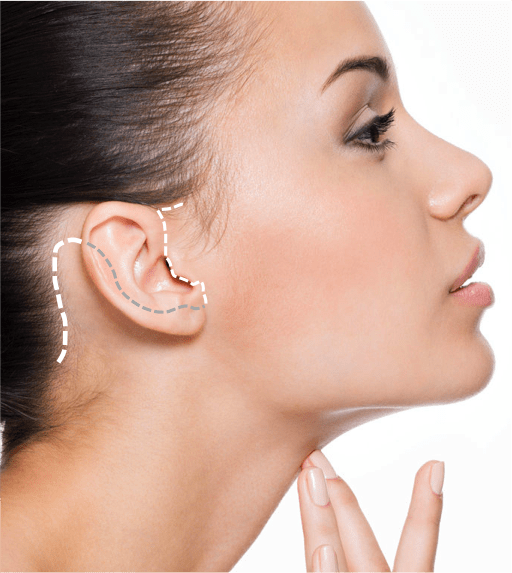Procedures

Finesse Facelift Surgery in Dallas, TX
The hallmark of a successful facelift is one that restores a more youthful version of you. The result should always be natural. Everyone should notice and no know should know. In fact, a properly performed facelift often garners compliments like “you look great! Did you change your hair?” Or “you look refreshed! Did you take a vacation?” After a finesse facelift you will look well rested and rejuvenated while preserving what makes you uniquely you.
the scoop
The finesse facelift is not the procedure of our mother’s generation that created countless infamous facelift fails. Surgical techniques have advanced tremendously since the 80s and 90s, when facelifts left people looking tight, skeletal or wind-swept. Soft touches and subtle maneuvers are often what separate an exquisite fine-tuned result from a mediocre one. Moreover, our understanding of the dynamic aging process has also become more sophisticated. Loss of skin elasticity, loss of facial volume in specific areas, the effects of repeated muscle pull, weight fluctuations and gravity lead to a tired, wrinkled, drooping face over time. Cheeks flatten, folds and jowls appear, and the forehead and upper lip elongate while the brow and eyelids sag. A once well-defined jawline becomes blunted and obtuse. The heart and oval face shapes of our youth begin to look increasingly rectangular and bottom heavy.
Dr. Deniz Basci has the aesthetic eye to analyze your face, identifying the telltale signs of aging. Also armed with an intimate awareness of critical facial anatomy, Dr. Basci targets key facial features during surgery, achieving a polished and harmonious result by precisely repositioning lax skin and elegantly rebalancing volume in essential areas. Soft touches and subtle maneuvers are often what separate an elegantly fine-tuned result from an average one, or worse, one that leaves you unrecognizable.
The finesse facelift turns back the hands of the clock but does not stop the aging process! A well-executed result is one that will not only look natural in the years after surgery, but also will age gracefully as you do. It is important to remember that not everyone has the privilege of aging and the most attractive quality is being confident in your own skin. Dr. Deniz Basci will help set appropriate goals and realistic expectations before surgery to ensure maximal satisfaction.
How to know
if a finesse facelift is right for you
A facelift, also known as a rhytidectomy, is a powerful procedure that can reverse the effects of aging to restore a more youthful appearance of the face. When performed properly, the result will be natural and largely imperceptible, even to people who have known you for years. When you reach the limit of what less invasive procedures like fillers and Botox can do, a facelift may be right for you.
Dr. Deniz Basci loves the finesse facelift. In her hands, it consistently delivers reliable first-class results. In the operating room, she has full visualization of the facial tissues, and maximum possible control to safely execute the desired procedure. The incisions are well hidden along the hairline, behind the ear, and sometimes under the chin. They are nearly imperceptible when fully healed. Each procedure is custom tailored to the individual. No two procedures are exactly the same.
The finesse facelift CAN:
- Highlight the cheekbone
- Define the jawline
- Improve jowling
- Soften nasolabial folds
- Restore mid-face volume
- Removing sagging skin in the neck
- Smooth contours
- Tighten and plump stretched earlobes
The finesse facelift Does NOT Address:
- Fine lines of the forehead
- Crow’s feet
- Fine lines of the lips
- Brow position
- Lower eyelid – cheek junction
- Upper lip length
- Skin pigmentation, sun damage
- Acne scars, skin texture irregularities
Often a facelift is paired with other procedures such as a brow lift, eyelid surgery, fat grafting and laser resurfacing to address the areas the finesse facelift does not impact. These adjunctive procedures help provide a more harmonious result in which all features are in balance. The appearance of surgery is less noticeable when all features are improved in tandem.
Finesse facelift compared to other procedures
Shortcut procedures like a mini-facelift, short scar facelift, threading or other so-called less invasive techniques actually carry a higher risk for unwanted contour deformities, asymmetries, and unforeseen complications. These undesirable results often prove to be difficult or impossible to fix, leaving patients unhappy. You wouldn’t take a shortcut in open heart surgery and you shouldn’t take a shortcut in facial surgery either. Invest in yourself and your safety and choose the best procedure the first time around.
Psst…it’s all about the neck
Neck improvement is surprisingly often the highest priority for people seeking facial rejuvenation. A well-contoured neck is the sine qua non of an attractive, youthful, physically fit and sensual appearance. In fact, overall satisfaction following a facelift is largely based on the results of the neck. This is an area that often shows signs of aging first, and is where the majority of people see the most dramatic change after surgery. In the age of selfies, FaceTime and constant social media display, the neck is emerging as an enviable attribute.
What to expect when scheduling a finesse facelift:
- Before Surgery: 1-hour consultation with Dr. Deniz Basci with 3D medical studio photography to customize your treatment plan. Then you will have a preoperative visit the week before your scheduled procedure.
- During Surgery: The surgery will last between 3-5 hours, depending on your individually tailored operation.
- Anesthesia: General anesthesia is performed by a licensed physician.
- After Surgery: Overnight stay with continuous nursing care.
- Recovery:
- 2 weeks until you are “restaurant ready.” You are able to return to work, apply light makeup, and light aerobic exercise. You can expect temporary bruising, moderate to significant swelling, and areas of numbness and tingling.
- 3 months until you are “camera ready.” You are able to resume heavy lifting and intense activities. You can expect gradual improvement in swelling and areas of numbness and tingling.
- 12 months until your “final result.” Your incisions are fully mature and the swelling is completely resolved. This is an appropriate time for any minor revisions or touch-ups.
Preparing for surgery
Prior to any surgery, Dr. Basci will review your general health history, surgical history and current medications. You will need to stop taking any medications or supplements that increase the risk of bleeding 2 weeks before surgery, and remain off of them for the 2 weeks following surgery. Make sure to check with your primary prescribing physician before stopping any medications.
It is important to prime your body with a healthy balanced diet in the months leading up to surgery. Make sure you have the appropriate protein intake, as protein is vital for healing. You may need to supplement your diet with protein shakes or bars for 3-6 weeks after surgery as your body works overtime to heal the surgical site.
It is important to prevent sun damage with routine use of SPF in the months leading up to and following your finesse facelift. Presenting a polished canvas for your new face with radiant glowing skin will exponentially improve your facelift result. Dr. Basci recommends a high quality skincare regimen for 2-3 months prior to surgery, depending on the condition of your skin. In cases of extensive sun damage, laser resurfacing may be recommended to help smooth any texture irregularities. Pre-surgery and post-surgery maintenance photo-facials can erase pigmented lesions, prominent blood vessels and rosacea, and will help enhance and preserve your facelift result.
During surgery: the finesse facelift technique:
Every individual has different facial aesthetic desires and problem areas they seek to fine-tune. Dr. Deniz Basci has advanced training and expertise in facelift surgery, and will design a customized treatment plan based on your needs. She uses either a high SMAS or SMAS plication surgical technique, often paired with fat grafting, depending on your natural anatomy and tissue quality. All techniques utilized are capable of delivering dramatic, long-lasting, and natural results.
Incisions are typically made along the sideburn, around and behind the ear, extending down along the hairline and sometimes under the chin. The skin is then elevated, allowing access to the underlying facial tissues. These are assessed and elegantly re-suspended to highlight the cheekbone and define the jawline. When more volume is desired in the cheeks, fat grafting is performed to restore fullness, fill hollows, and soften folds. You can learn more about fat grafting, a technique that uses tissue and stem cells from your body as natural filler, here. With the deep facial tissues in their new youthful position, the skin is delicately re-draped and the excess removed.
Dr. Basci uses meticulous tension-free suturing techniques to promote the best possible scar healing. A drain is placed on either side of the neck followed by a soft cotton wrap to provide gentle pressure and minimize swelling. The surgical dressing is normally removed the morning after surgery before you return home for the remainder of your recovery.
Testimonial
“I knew I was in good hands with Dr. Basci as soon as we started my consultation. I appreciate she took the time to understand what I wanted and explained the best solution to my problem wasn’t the one I came in expecting. Also my result was flawless! I’ve recommended her to all my friends.”
Ana S. | Austin, TX
Recovery from facelift surgery
Just as every individual procedure is distinct, so is every personal recovery. Most patients will be asked to stay overnight for continuous nursing care. This is for your safety and comfort. After that, you will need a family member, friend or nurse to stay with you at home for at least 2 days, although 1 week is recommended.
You will have a drain on either side of your neck that will need to be emptied and monitored twice daily. Drains are removed whenever the fluid output has decreased to less than 20mL in 24 hours. This is usually in 1-3 days. You may shower after your drains are removed. Your scalp may be numb in certain areas. To avoid inadvertently burning your scalp we recommend not using curling irons, intensely hot blow dryers, or chemically coloring your hair for 1-2 weeks after surgery.
Any non-dissolving sutures will be removed in the office at your 1st or 2nd postoperative visits. You will need to apply a thin layer of ointment to your incisions once a day until they are fully healed. Talk to Dr. Basci about when it is safe to begin lymphatic neck massages and silicone scar treatment.
To minimize facial swelling we recommend you sleep with your head propped up on several pillows or semi-upright in a recliner for the first 1-2 weeks after surgery. You should expect to be very swollen during the first 2 weeks. This will gradually improve along with any bruising, numbness and tingling. It typically takes 6-12 months for the swelling to fully resolve and at least 12 months for the incision scars to fully mature.
You will need to begin gently walking several times a day, beginning the evening after your surgery. This is to promote circulation and prevent blood clots. If you have a personal or family history of blood clots or other bleeding disorders, be sure to speak with Dr. Basci prior to surgery.
After 2 weeks, you may begin light cardio activity but be sure to avoid heavy lifting, yoga, pilates and any other intense exercise for 4 weeks. Typically Dr. Basci allows facelift patients to resume full activities 6 weeks after surgery.
You should supplement your regular balanced diet with protein shakes or bars for 3-6 weeks after surgery to help improve healing. This is not the time for diets or nutritional restriction. Your body needs vital amino acids and building blocks for healing.
Facelift Cost
Rediscover your youthful allure with a facelift in Dallas. Our cost-effective treatments offer natural-looking results. Contact us now to learn about pricing options and schedule your facelift consultation.
Schedule a Consultation
Experience the transformation of a facelift in Dallas. Schedule your consultation now and explore cost-effective options for achieving a rejuvenated, youthful appearance. Contact us to book your appointment today.
Frequently Asked Questions
- How do I know if I need a facelift?
- When should I have a facelift? Am I too young? Is it too late?
There is no specific age for having a facelift. If you have noticed signs of facial aging in the mirror or in a recent photo that bother you, the first step is to come in for a consultation with Dr. Basci and learn more.
Dr. Basci will give you an honest assessment of whether you’re an appropriate candidate for the procedure. A facelift is a powerful tool for reversing jowls, softening heavy nasolabial folds, re-suspending and filling deflated skin, and defining the jawline.
- Is it better to start early?
The results of a facelift depend largely on your individual anatomy, the quality of your tissues and the surgical technique. Typically, better results can be achieved when the tissues are in better condition. Tissue quality is only partially determined by age. Genetic factors play a large role in how your facial tissues change over time and how well they hold up to repetitive muscle pull, weight changes and gravity after surgery. Think of the difference in strength and elasticity between a wet paper towel and a wet tissue paper.
A patient who has the procedure in their 40s will look younger in her 50s than her peers. A patient who has the procedure in her 50s or 60s may have a more dramatic result, but she will not have the same result as she would have had in her 40s.
- How long will my facelift results last?
- I’ve had a facelift or other facial procedure before, am I still a candidate?
- Can I just have my neck done?
Dr. Basci customizes the operative plan based on your individual needs. During your consultation, she will discuss your concerns and give you her honest professional assessment. Dr. Basci uses 3D photography with software to manipulate the images to demonstrate what you may expect after surgery.
Isolated neck procedures are absolutely fabulous in certain people. In others, rejuvenating the neck without addressing the face can lead to a disjointed and unnatural result.
- What about my eyes? My brow? Laser resurfacing? Is it better to address every area at once or separate my procedures?
- I have an important event coming up (i.e. a wedding), how far in advance should I have my facelift?
- What is the recovery like?
Every individual recovery is unique. Patients are typically homebound for the first 1-2 weeks, when swelling and bruising are at their maximum. For the first 2-4 days after surgery, you may need pain medication or a sleeping aid. After that, most patients are fairly comfortable and pain-free as they wait for swelling to resolve, using only over the counter medications for pain control.
You may shower after your drains are removed. You may apply light makeup after your sutures are removed at your 1 week postoperative visit. You will need to take short gentle walks several times per day during the first two weeks. After that, you may resume light aerobic activity. You may not engage in heavy lifting, yoga, pilates, or other intense activity until 4 weeks after surgery. Most patients are back to full activity by 6 weeks after surgery.
- What should I bring to my consultation?
It is helpful to bring portrait photos of yourself from when you were younger, ideally without makeup and not smiling. We know those can be hard to find! Sometimes your driver’s license or an old passport photo is the best bet.
It is also a good idea to write down any questions you have, and bring your written list to your consultation. This way you won’t forget what to ask Dr. Basci! If you come up with new questions after the consultation you can always reach out to us via email here to schedule another appointment or video consultation.
*Disclaimer: Results may vary from person to person. Editorial content, before and after images, and patient testimonials do not constitute a guarantee of specific results.




